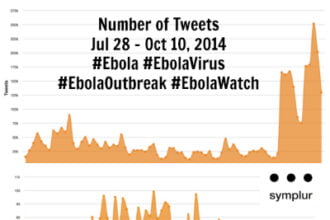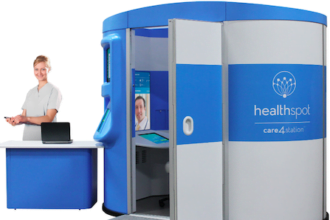It is touted that telehealth, video conferencing, telemedicine and mobile health applications will assist in reducing the cost of medical visits. However, CMS has thus far not addressed reimbursement.
TeleMedicine encompasses several functions:
Remote monitoring
Physician-patient video conferencing, email or chat
Physician-physician consultation

Ultrasound

Video documentation:
Hospital internal conferencing

Because of recent intense interest I did some research on this issue and found many states are outlining the requirements for telemedicine.
Health Providers have no difficulty proposing cost effective uses for telemedicine. Privacy and lack of regulation are primary issues. Thus far I have not seen any rules regarding patients or providers waiving HIPAA rights. Does anyone know anything about waiving HIPAA? Leave a comment or tweet me @glevin1
California has issued guidelines for telemedicine on their California Board of Medicine online website.
Recently, the Medical Board received an inquiry regarding informed consent and whose obligation it was to obtain the necessary consent from the patient who would be undergoing the medical procedure. Specifically, the question was whether physicians could delegate this task to another licensed health care provider or other personnel under their supervision. While the Board could find no statutory or regulatory bar to this proposed process, the Board suggests that public policy is best served when the physician performing the procedure secures the consent from the pa tient. In this manner, if the patient has questions or concerns, the physician is in the best position to address those matters. The following is provided as a reminder of the legal requirements when practicing medicine via telehealth: Telehealth (previously called telemedicine) is seen as a tool in medical practice, not a separate form of medicine. There are no legal prohibitions to using technology in the practice of medicine, as long as the practice is done by a California licensed physician. Telehealth is not a telephone conversation, e-mail/ instant messaging conversation, or fax; it typically involves the application of videoconferencing or store- and-forward technology to provide or support health care delivery.
Business and Professions Code §2290.5 (b) states: “Prior to the delivery of health care via telehealth, the health care provider at the originating site shall verbally inform the patient that telehealth may be used and obtain verbal consent from the patient for this use. The verbal consent shall be documented in the patient’s medical record.” This is important: Please note that the standard of care is the same whether the pa- ent is seen in- person, through telehealth, or other methods of electronically enabled health care. The Medical Practice Act, including informed consent laws, applies in every area of medicine and in every practice setting and circumstance. California laws pertaining to the use of telehealth should not be construed to alter the scope of practice of any health care provider or authorize the delivery of health care services in a setting, or in a manner, not otherwise authorized by law. Physicians need not reside in California, as long as they have a valid, current California license.
Many individual States are preparing or already have issued guidelines and/or regulations regarding Telehealth and Telemedicine.
Provided here are sources of information for those considering adding telemedicine to your practice.
New CMS Rule on Telemedicine Credentialing and Privileging
Federal Spotlight on VA’s SCAN-ECHO
New York Statement on Telemedicine
State Reimbursement Policy appears to be addressed in New York
AN OVERVIEW OF STATE LAWS AND APPROACHES (2001-2002)
HHS reports progress on telehealth regulations
Regulations for tele-medicine are developing very rapidly and are in a state of flux. Those considering tele-health in their practice are advised to review current law and regulations from their state licensing authority. Most articles are dated, and incomplete.








